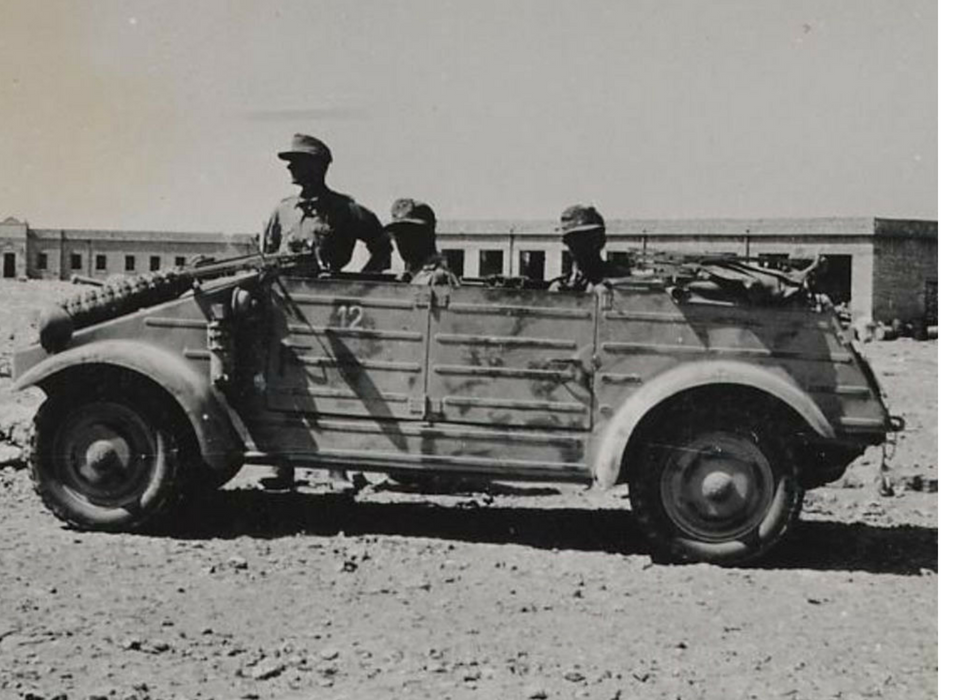Germany geared up its war machine for WWII with virtually no petroleum deposits to power their equipment. To ensure that Germany would never lack a plentiful supply, German scientists and engineers invented and developed two processes that enabled them to synthesize transportation fuels from their country's abundant coal and agriculture supplies. This was the world's first technologically successful synthetic liquid fuel industry.
Friedrich Bergius began the German drive for energy independence with his invention and early development of high-pressure coal hydrogenation or liquefaction. Coal hydrogenation produced high quality aviation and motor gasoline. Germany had twelve coal hydrogenation plants in operation in 1945.
Franz Fischer (1877-1947) and Hans Tropsch invent a process for the synthesis of liquid fuel from coal and biomass. The Fischer-Tropsch process is a gas to liquid (GTL) polymerization technique that produces high quality diesel and lubricating oil, waxes, and some lower quality motor gasoline by means of a “gasification” and metal catalyst. Germany had nine Fischer Tropsch plants in operation in 1945.
(Source: Speight, JG, Synthetic fuels handbook: properties, process, and performance, McGraw-Hill, 2008)





